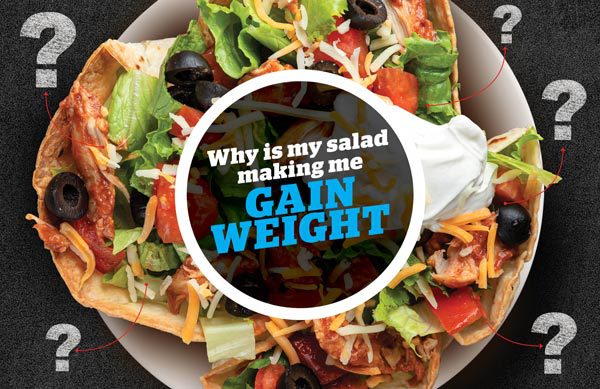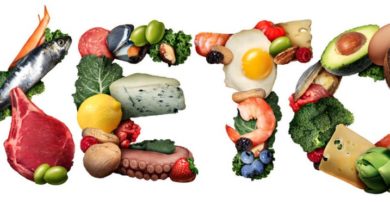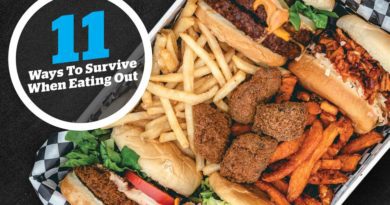5 Reasons Your Healthy Salad Could Be Making You Gain Weight
When trying to lose weight, what is one particular food that everyone tells you to consume more of? Salad. Yes, everyone assumes you need to eat like a rabbit in order to tighten your waistline and drop body fat. While salad isn’t the only nutritional change you should be making to your diet, when used incorrectly, it could actually cause you to GAIN weight unexpectedly.
To help you better utilize salad during your weight-loss journey and allow these green leafy gems to work for you rather than against you, there are five things you need to be aware of so you aren’t left frustrated when looking at the scale. I also provide a bonus tip at the end for good measure. But first, let’s dive into the reasons you need to watch out for salad.
Disclaimer: This article is for informational purposes only and is not meant to treat or diagnose any condition. It is recommended that you speak with your doctor before starting any exercise program, changing your daily nutrition, or adding any supplements to your regimen.
Reasons Why Your Healthy Salad Could Be Making You Fat
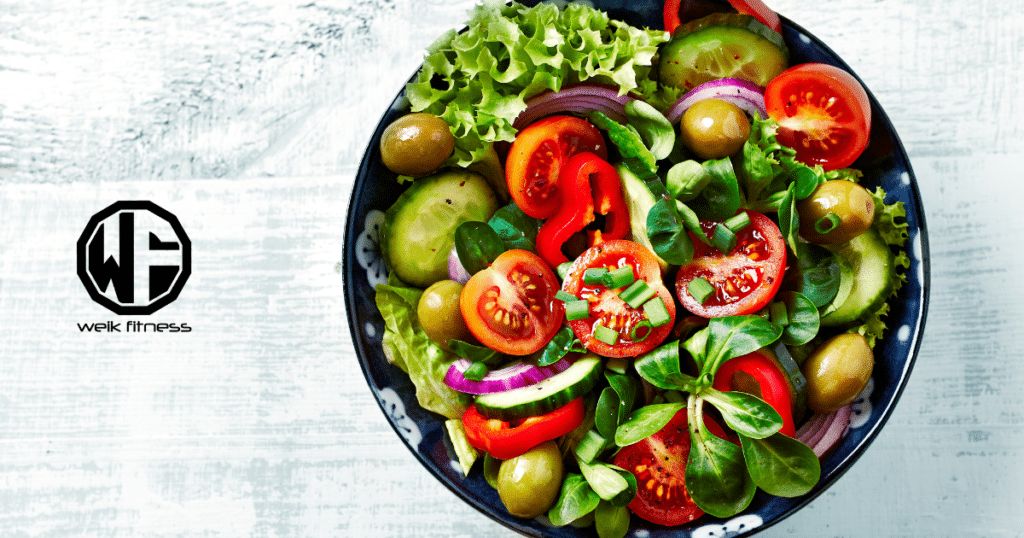
Below are five key reasons why your healthy salad is making you gain weight.
1. You Don’t Pay Attention to Your Salad Dressing
This is one of the simplest things to change, yet one of the hardest for people to fully grasp and understand. If you were looking at salad dressing and wanted to reduce the number of calories you consume, there are two things you need to focus on.
- The type of salad dressing you are using
- The amount of salad dressing you are using
Seems so simple, right? Wrong. The first thing people tell you is to stop using regular salad dressing as it is full of fat. They tell you to opt for the “fat-free” versions instead to drastically cut down how many calories are coming from your dressing alone. What you really need is some Walden Farms…
I’m here to tell you that’s a terrible idea. For starters, a little fat with your salad can help you better absorb some of the nutrients found in your salad. Also, depending on the kind of fat you use, it’s not necessarily “bad” for you.
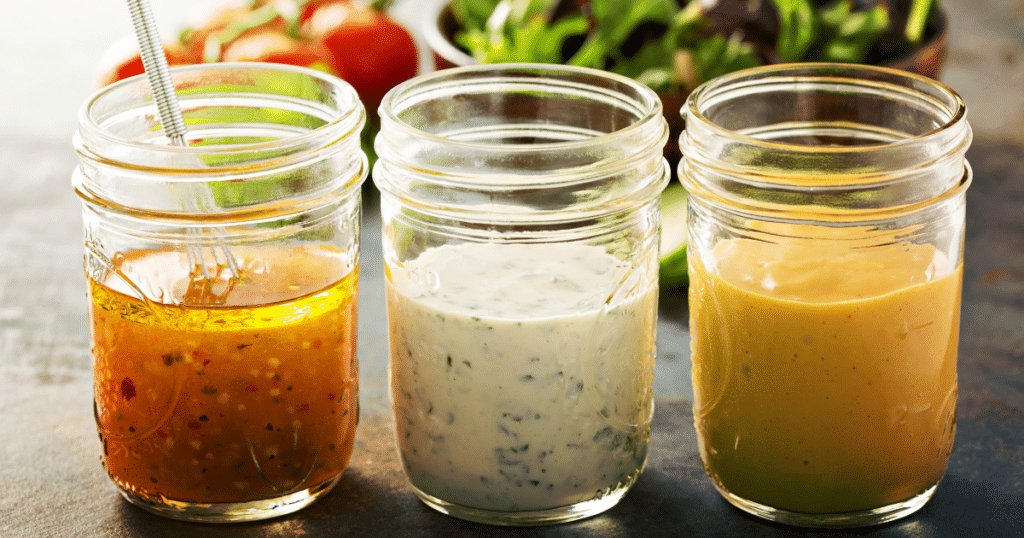
Because both lettuce and fat-free salad dressings are low in calories, you probably won’t feel satiated from the meal — this will cause you to overeat later in the day. Also, most fat-free salad dressings are using corn syrup (when you look at the ingredient list, it’s normally one of the first ingredients listed) to replace the fat for it to taste good.
Related Article: 10 Reasons You Should Be Using Balsamic Vinegar
Skip the fat-free dressing, stick with the regular. All you need to focus on is reducing the amount you use, and if possible, choose some sort of vinaigrette which includes some healthy fats. If you are getting a salad when you’re out and about, ALWAYS ask for your dressing on the side. Otherwise, you’re at the mercy of however much (generally WAY too much) dressing they pour on top.
2. Adding Croutons
While adding some texture and crunch to your salad, croutons are one of the worst things you can add as a topping. Essentially, all the store-bought croutons you find are full of nothing but processed white flour that provides you with no health benefit at all. Many times, croutons are fried, which adds unhealthy fat to your diet.
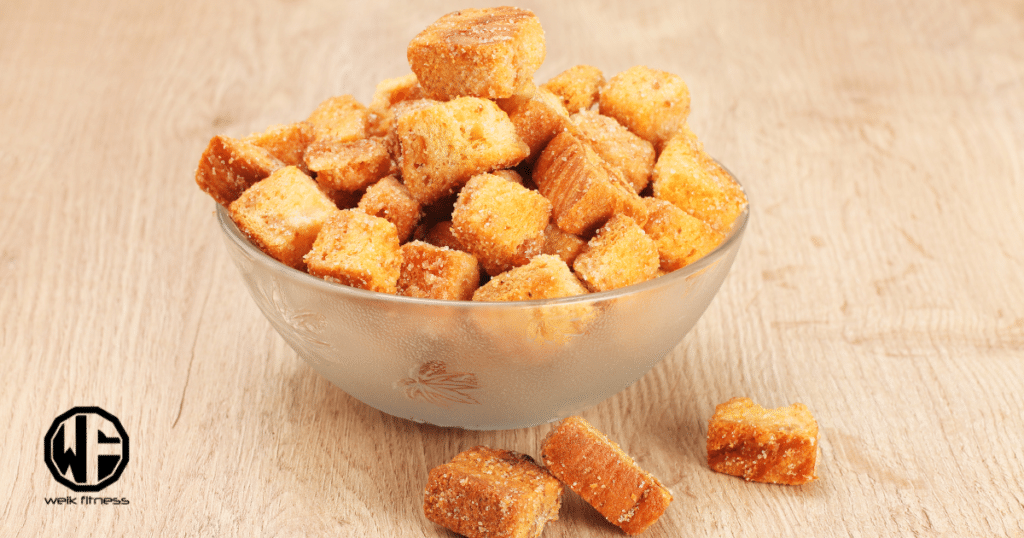
Sure, you could use bread and make your own croutons at home, but again, all you’re doing to your salad is adding carbohydrates which increases the total calorie count.
My suggestion? Skip the croutons altogether. When you go to a restaurant, ask the waiter if you can have your salad without croutons. They will be more than happy to accommodate your request.
3. Skipping Protein in Your Salad
As mentioned earlier, lettuce does not contain many calories. It’s mostly made up of water. Even after adding a little vinaigrette to your salad and tossing in some healthy vegetables like tomatoes, onion, carrots, cucumber, and even some peppers, you’re still not left with a satiating meal that provides any sort of bulk to your meal. If you want to increase satiety, consider adding some protein to your salad.
Protein is necessary for building lean muscle mass as well as needed to maintain and preserve it. Protein is also very filling and can add some quality macros to your salad.

Additionally, protein has the highest thermic effect of food (TEF), which means it takes your body more energy to digest, absorb, and utilize this macronutrient than any of the others. What this means is that your body will burn more calories when you consume protein with your meals.
Consider adding some lean cuts of steak on top of your salad, some hardboiled eggs, shrimp, grilled salmon, or even the most commonly used protein source, which is grilled chicken. If animal protein isn’t your thing, you can use tofu or other plant-based protein alternatives to add to your salad to increase the overall protein content.
Another topping that includes protein that many people forget about is chickpeas. These delicious little balls of protein goodness can spruce up any salad you add them to.
Click here to continue reading…


*Disclosure: This article may contain affiliate links or ads, which means we earn a small commission at no extra cost to you if you make a purchase through these links. These commissions help support the operation and maintenance of our website, allowing us to continue producing free valuable content. Your support is genuinely appreciated, whether you choose to use our links or not. Thank you for being a part of our community and enjoying our content.
PLEASE CONSIDER SHARING THIS ON YOUR SOCIAL MEDIA TO HELP OTHERS LEARN MORE ABOUT THIS TOPIC.


